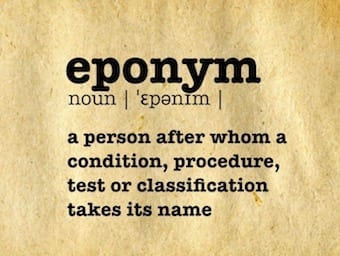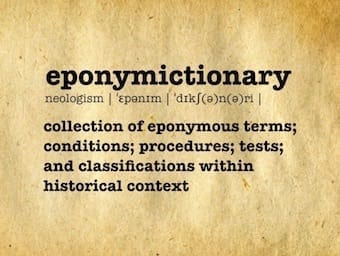
Afterdrop
Snow burial is often used experimentally to simulate avalanche burials. In this paper, they used snow burial to allow measurement of core temperature cooling and afterdrop. The authors were attempting to compare the afterdrop rate of patients who were immediately…





